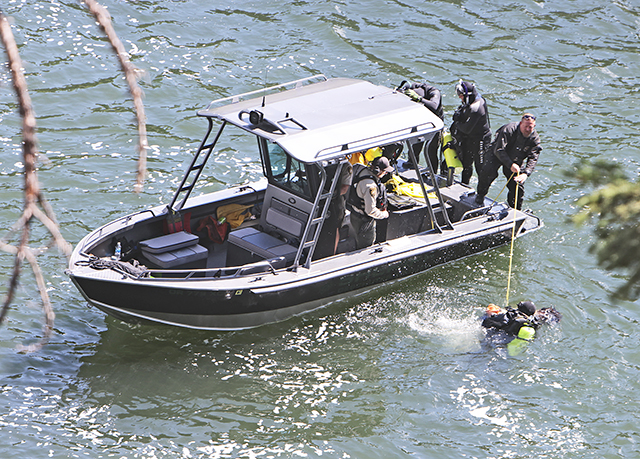Tiger Tugs take off in helicopter world
Published 5:00 am Wednesday, May 29, 2013
Helicopter owners around the world are using Bend-made Tiger Tugs — black and orange helicopter tugs that look similar to a motorized scissor lift — to transport their aircraft from hangars to launch pads, all using a wireless remote control.
Steve Hill, owner of Cutting Edge Design — the Bend company that designs and builds Tiger Tugs — is no stranger to the aircraft industry. Before he started making helicopter tugs in 2009, Hill owned and later sold JETporter, a Bend company that designed and built electric-powered aircraft tugs.
Trending
But Tiger Tugs are different. Airplanes have wheels, while helicopters have skids, he said. And unlike JETporter’s airplane tugs, designed to lift the nose of airplanes and push and pull the vehicles around, Tiger Tugs come underneath the helicopter, and lift it all the way off the ground so it can be moved.
From start to finish, Hill said, it takes about three weeks to build a Tiger Tug.
The company currently sells three different models: Model 5.0, designed to move 5,000-pound helicopters; Model 8.0, designed for 8,000 pound helicopters; and Model 8.0 B, which is made for 8,000-pound helicopters that need to be picked up differently than other helicopters. He’s also working on two more designs: one for larger, 12,000-pound helicopters and another for small, lightweight helicopters. He has potential clients for both models and hopes to have prototypes built by the end of the year.
The design and the majority of the construction occurs in the Cutting Edge Design workshop on Southeast Bridgeford Boulevard. But Hill uses local vendors throughout the process, including Swift Steel in Redmond, Blue Moon Designs in Bend and Bend-based Commercial Powder Coating, which decorates the tugs with their signature black-and-orange tiger stripes.
“You get this out in the sunshine and our tugs just sparkle like jewelry,” Hill said, referring to the bright orange powder coating. But, he noted, customers can also customize the colors to match their tugs to their helicopters.
Hill said he has about 25 customers ranging from the Army National Guard and air ambulance companies to corporate customers, helicopter tour companies and private individuals.
Trending
Hill sold 14 Tiger Tugs last year and already surpassed that amount at the beginning of this month.
“Each year we’ve gone, we’ve more than doubled our business,” he said.
About 35 percent of his business is international sales.
“Were getting people from all over the world that want these things,” he said pointing to a map with tacks on it in his office. “We’ve got them in Alaska, up through Canada. We’ve got them in Sweden … Finland and Germany. We just shipped one to Russia. We’re working on some more in Australia.”
He said the most challenging part of his business is keeping the costs down — building it at a price range that people still want to buy it. He said the price ranges from low to mid-$20,000s, depending on the model.
“We want to get up to where we can do maybe 40 to 50 tugs a year with maybe three to four people,” he said. “If we can do that and we can all have fun, then mission accomplished.”








